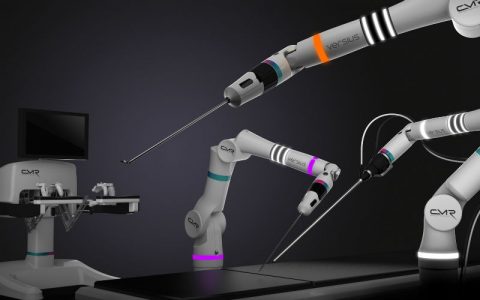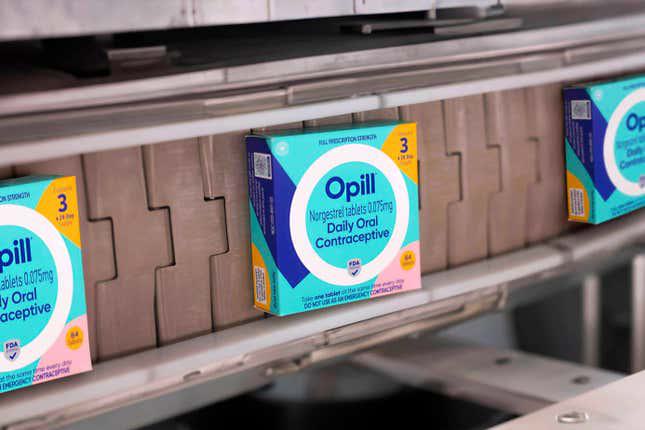British company creates the world's smallest surgical robot - Dispatch Weekly
August 22, 2017 - Reading time: 4 minutes

Over the years the medical industry has experienced many technological advancements, most recently the invention of the world’s smallest surgical robot; an achievement that could cause major changes in the way medical operations are carried out. British company Cambridge Medical Robotics (CRM), creator of the surgical robot known as Versius, hopes to revolutionise keyhole surgery. But what is so great about this new creation that current surgical robots lack?
One of the key benefits of Versius is that it mimics a human arm. Its features include being the same size as a human arm and having four wrist joints, unlike the traditional industrial robotic arms that are large and have three joints, allowing for more precision and flexibility. According to Luke Hares, chief technology officer at CMR, this gives surgeons an unprecedented level of freedom to operate on the patient from whatever angle they want. It also contains technology that detects resistance to make sure that the right amount of force is used when the instrument is inside the patient.
The nature of the robot allows for a wide range of laparoscopic procedures to be carried out, including hernia repairs, colorectal operations, and prostate and ear, nose and throat surgery, in which a series of small incisions are made to avoid the need for traditional open surgery. This aims to reduce complications and pain after surgery and speeding up recovery times for patients. Its versatile design allows it to be used for a broader spectrum of surgeries unlike most current robots, which only have one use. Hares speaking on the current issue said, “They are also poorly utilized; they are only really used for pelvic surgery, and cants be easily adapted to other types of surgery. In some hospitals they are only being used once every other day.”
The robot, which is controlled by a surgeon at a console guided by a 3D screen in the operating theatre, is much cheaper and easier to use than current machines. Although surgical robots already exist, like the da Vinci surgical system, the new creation will be no more expensive than non-robotic keyhole surgery, according to CRM. The high cost to use these robots in present operating theatres is another existing issue. Martin Frost, chief executive of CRM, stated, “not only do they cost £2m each to buy but every procedure costs an extra £3,000 using the robot.”

The British company managed to produce a much cheaper robot using low-cost technology used in mobile phones and the space industry. For example, they used electronics from mobile phones to help the robot think and process information, and gearbox technology designed for the space industry to help it move. More importantly it doesn’t tire like a surgeon can, said Hares.
Despite the growing trend on robotic surgery among hospitals around the world, many people question if it’s better or safer than conventional approaches. Like any machine, surgical robots can malfunction or fail leading to serious injury, risks that are identified with the da Vinci surgical system. However, if this was to occur surgeons can take over. A 2016 study in the journal Surgical Endoscopy found patients in robot-assisted surgery lose less blood, stay shorter periods in hospital, and have fewer complications.
Versius will be launched next spring and, once surgeons are trained, it should be available for procedures on patients by the end of next year. But this is not the climax of surgical robots, it is said that the current global market for these robots is worth approximately $4 billion a year but it is expected to grow to $20 billion by 2024.

DW Staff
David Lintott is the Editor-in-Chief, leading our team of talented freelance journalists. He specializes in covering culture, sport, and society. Originally from the decaying seaside town of Eastbourne, he attributes his insightful world-weariness to his roots in this unique setting.




